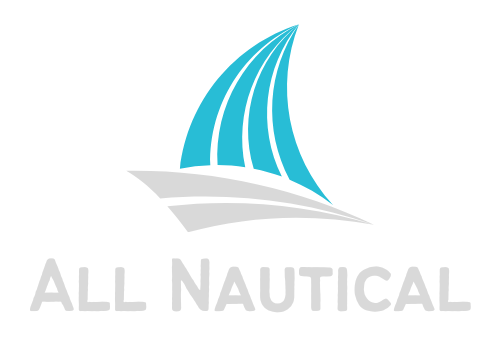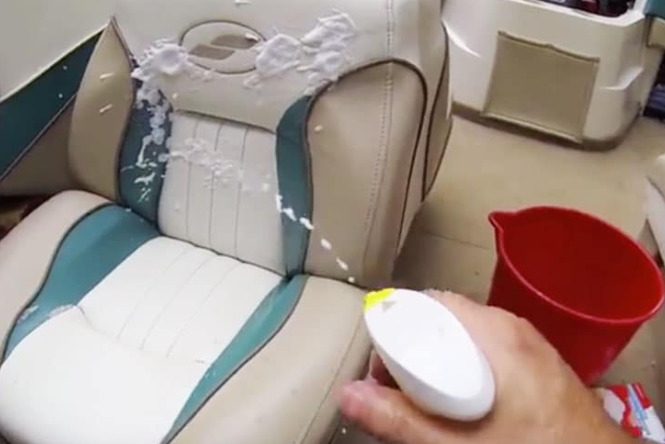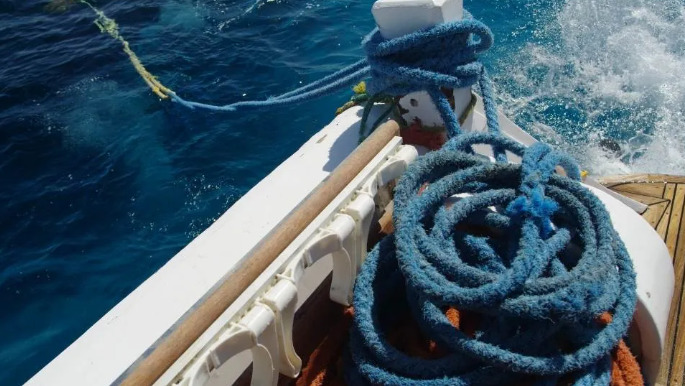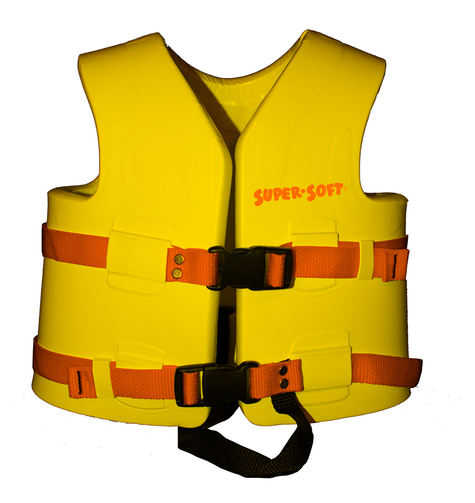Last Updated on November 26, 2022 by Brian Drew
It is not unusual for novices to think that their car batteries can be used to power their boat’s trolling motors. But this is not good advice to follow. Car batteries are not built to be used in water or recharged multiple times. Using car batteries for trolling the motor will eventually damage the battery as well as the motor.
Motor batteries are also known as marine batteries. It is important to understand that marine batteries are very different from nonmarine batteries. Motor batteries are designed in a way that makes them suitable for using it in a wet environment.
The batteries do not get corroded and are able to endure more vibration compared to ordinary batteries.
Pro Tips for choosing a trolling motor battery
Before buying one of these, it is important to take the below tips into consideration:
Charger environment
The environment in which the charger will be used is a crucial factor to consider as it impacts the performance and lifespan of the charger. It is imperative to take into account the below 3 environmental factors before buying
Moisture
As the boats will be exposed to water, it is beneficial to purchase a battery with waterproof housing. Battery housing with IP68 is the ideal rating to look out for. With a high waterproof rating, you can rest assured that the battery components are safe and will not be damaged due to a damp environment.
Vibration
While sailing on rough waters the battery may be subjected to high vibrations which can damage it permanently. Hence it is vital to check if the battery has been constructed using materials that can handle such high vibrations.
Using a rugged case can also help to contain the vibration to a certain extent.
Temperature
If the external environment in which the boat is docked is subjected to frequent changes in temperature, it is wise to invest in a battery that can handle such changes. This is an important consideration as it affects the maintenance and the way the battery is charged.
Type of battery
It is important for boat owners to give due consideration to the type of battery used for the trolling motor. Using good batteries is a necessity and there are multiple options to choose from.
Wet cell batteries
They are also referred to as deep-cycle marine batteries. It is a no-brainer that the best trolling motor batteries are subjected to rough conditions. As a result of which the battery gets drained constantly and needs to be charged more often.
Deep-cycle marine batteries are ideally suited for such conditions. They last for a longer duration (1-2.5 years) depending on how it is used and stored. The lead plates used in these batteries are thicker and can withstand high temperatures. Many boat owners opt for this type of battery as it is relatively inexpensive.
AGM batteries
Absorbed Glass Mat (AGM) batteries are also referred to as gel-based batteries. the battery is constructed using a gel-like material and a glass plate. They have a lifespan greater than wet cell batteries and will last around 3-4 years.
The AGM batteries are enclosed and one does not have to add distilled water. It takes up less space and has more capacity. The self-discharge rate of these batteries is low. Hence it will hold the charge for a longer period of time when not in use.
Though AGM batteries cost more, it is value for money as it performs better and lasts longer.
Lithium-ion Batteries
These are the latest entrant in the markets. They are being used by several professional sailors. The main advantage of using lithium-ion batteries is the longer life span. They can last up to ten years. Though these batteries deliver superior performance, the cost of the batteries is a major deterrent.
Amperage Hours
The amperage hours are used to provide a rough idea about how long the trolling motor will be powered by the battery. It is advisable to opt for the highest-rating battery within your budget.
In order to understand the importance of choosing a battery with high amperage hours, please look at the below example:
Suppose you are using a 100 Ah battery for powering your trolling motor. If it uses 4 amps of current at low speed, the battery will last up to 25hours (100/4=25). If it uses 40 amps of current at high speed, the battery will last up to 2.5 hours (100/40=2.5).
For trolling motor boats it is highly recommended to use a battery with a minimum 100 amps rating.

Deep cycle battery
A deep-cycle battery is better suited for trolling motor boats. This is because the plates are thicker and can withstand high temperatures. The best deep-cycle batteries available in the market have a heatproof design. Such a design allows the battery to cool down properly and remain cool under extreme heat conditions.
Construction
The construction of the motor battery is an important factor to consider. A well-constructed battery ensures that there is no spillage and harmful acids do not leak. The battery must be robust and not break when subjected to rough conditions. It is advisable to opt for batteries that are compact and have a spill-proof design.
how to charge a trolling motor battery – Pro Tips
The charging system used for charging the battery is just as important as the battery itself. A heavy-duty boat usually requires a 36V trolling motor. While one can find a 36V Lithium-ion battery many people opt for a wet-cell or AGM battery due to the high price of the latter.
Therefore there will be three batteries that have to be charged together instead of one. A normal car battery charger cannot be used for charging the trolling motor batteries.
An onboard charger is most often used to charge the motor batteries. It can be mounted directly on the boat. They are manufactured by a wide range of companies and are available in different amps of charge/bank.
It is relatively straightforward to charge the motor batteries using the onboard charger. One just has to plug an extension cord into the charger. Once done, a trickle charge will be supplied to the batteries directly, thereby charging them.
Using the onboard charger, one can maintain the charge on all the batteries while the boat is not operating as long as it is connected to the charger. This will ensure that the batteries are sufficiently charged and ready to go.
Detailed instruction manuals are provided along with the battery charger. It is essential to read the manual carefully before using the charger. Some chargers have a selection switch. The users have to select the correct battery type before charging.
In order to use the batteries to their full potential, it is important to follow the below tips:
- It is important to keep the batteries charged at all times. Hence after returning to the shore, do not forget to plug the batteries into the charger.
- It is highly recommended to charge the battery to its full limit. This is because a battery that is partially charged will drain faster.
- It is advisable to use a trickle charge like the one provided by onboard chargers. This will prevent the plates from heating up rapidly and thus will increase the lifespan of the battery.
- the batteries must be stored in a cool and dry place when it is not in use and keep the trickle charge on if possible.
- Never use old and new batteries together.
- If you are using wet cell batteries it is important to inspect the distill water level and refill it as and when required.






